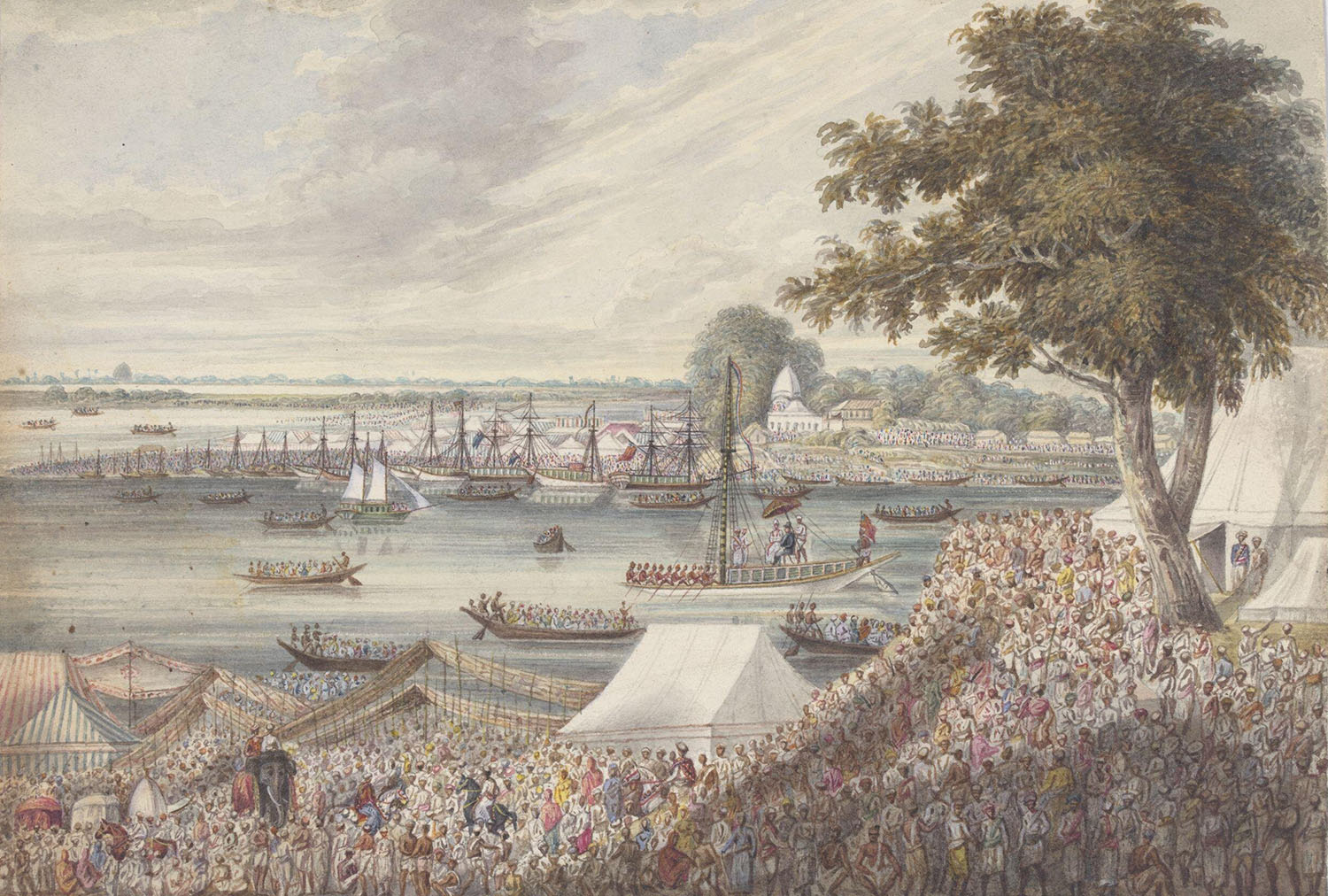ARTICLE
Sewak Ram
A prominent Company School artist, Sewak Ram’s work defined the distinct stylistic elements of the Patna School of Painting. However, little is known about his early or personal life; it is believed that he moved to Patna in the 1790s from Murshidabad to find work as a painter in the bazaar, where he attained popularity.
The period between 1750 and 1760 witnessed the political ascendancy of the British East India Company and the waning power of the Nawab of Murshidabad. It was during this time that artists, who were left with little or no royal patronage, migrated to Patna. Despite its political instability, Patna was a booming commercial centre and the artists of the Patna School found a market for their art in the city.
By the time Ram began working, the Patna School was well established. Similar to the Murshidabad School, the Patna painters had absorbed European influences such as the use of watercolours and painting subjects such as festivals, which held great appeal for Europeans. Ram’s work introduced a formal style which became characteristic of Patna painting; he painted in a technique known as Kajli Siyahi where pictures were painted directly with a brush, instead of first creating outlines. The human figure was painted with precision, with identifiably sharp noses, thick eyebrows and deep-set eyes. The paintings have a sombre colour palette, influenced by European prints, with either sepia and ochre overtones, while clothing is depicted with dull whites and greys and using light and occasional colour.
Ram was well known for his crowd scenes depicting festivals, processions and interiors which he painted in the Murshidabad model, while also focusing on figure studies in the foreground. Among his most popular works are scenes of Muharram processions and prayers at an imambara. By the 1820s, his large-scale paintings of ceremonies and festivities were being collected by governors-general of India such as Lord Minto and Lord Amherst.
His work was studied by the Patna painters, as evidenced by the presence of his paintings in the collection of Ishwari Prasad, who was grandson to Ram’s contemporary Shiva Lal. His successors continued following his model of painting until the nineteenth century. Presently, his work is part of private collections as well as on display at the Victoria & Albert Museum, London.
Bibliography
Our website is currently undergoing maintenance and re-design, due to which we have had to take down some of our bibliographies. While these will be re-published shortly, you can request references for specific articles by writing to hellomapacademy@map-india.org.








